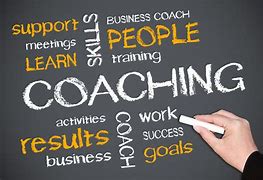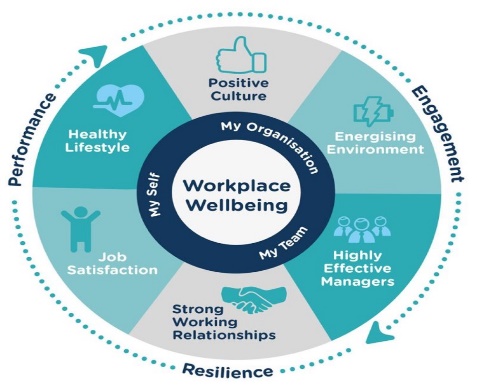May 19th 2022
Wellbeing and Coaching in International Coaching Week
I’m often asked about how my wellbeing and coaching work link together. I’ve been reflecting on
this recently, having returned to face-to-face connections and supporting individuals as they
navigate the impact of the pandemic.
The journey to achieve my coaching qualification took me through an evidence-based course,
learning with others, developing case studies, building up coaching practice hours and
eventually bringing the new skills and knowledge to my leadership roles across statutory and
voluntary health sectors.
Subsequently when I focused on wellbeing practice, initially from a personal perspective, I
quickly identified ways that these areas of interest crossed over, ultimately leading me to set
up The Wellbeing Pathway. This is where my coaching, facilitation and delivery are interwoven
and allow me to bring theory and practice together in a way that achieves positive outcomes for
clients.
There are many definitions for Wellbeing and Coaching, and I’ve used the following just as
context for this blog.
“Wellbeing is about feeling good and functioning well and comprises an individual’s experience of their life and a comparison of life circumstances with social norms and values”. (Why Wellbeing Matters to Health Report DOH UK)
“Coaching is a collaborative, solution-focused, results-orientated … process where a coach facilitates the enhancement of work performance, life experience and personal growth of the coachee”. (Association for Coaching)

So when I approach my coaching work with clients, I know that using a wellbeing focus enhances
the coaching relationship and the outcomes. Why and how?
Wellbeing is not about a one-off self-care practice or an add-on to an already long to-do list.
It is not a concept that sits in isolation from employee performance, learning new skills, staff
engagement or a values and behaviours framework.
Wellbeing affects all of the above and in my view, should be considered as a fundamental part of
the coaching process to identify what else is going on in someone’s life that is a barrier to
growth, development and achieving goals.
Coaching individuals as part of their professional development is enhanced when the factors
around the workplace wellbeing wheel below are considered.

Using this approach creates space for reflection, opportunity for clients to identify the
barriers and enablers to their own development and the potential ripple effect across the
organisation. It also allows individuals to connect with thoughts, feelings and behaviours that
may have been affected during the pandemic, yet they may not have been aware of changes and
impact.
There are a growing number of local, national and global organisations taking a wellbeing
approach to learning, development and growth. They know that embedding a culture of wellbeing
isn’t easy, fluffy or something nice to do. It’s essential to attracting, retaining and
developing individuals and teams with the skills, values and relationships for facing challenges
and embracing opportunities in an ever-changing world.
A recent workplace wellbeing programme that we put together for a corporate organisation
included staff engagement sessions, wellbeing workshops on Reflection, Recognition, Resilience
and Relaxation, followed up with an offer to staff to take up coaching sessions for ongoing
growth. The outcomes in terms of employee satisfaction, teambuilding, confidence, mental health
and wellbeing and problem solving were powerful. Coaching and wellbeing are good partners!
Catherine Murnin
The Wellbeing Pathway Founder
